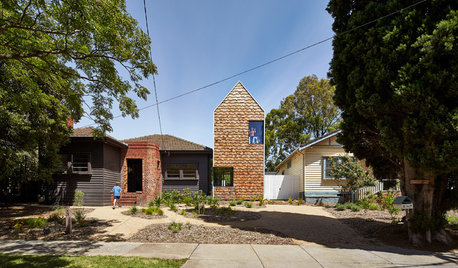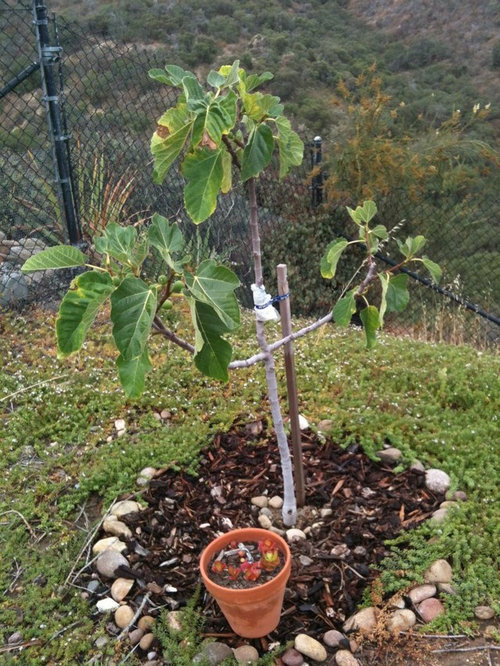3-year-old stops growing dropping leaves and figs
FruitTreeLover
10 years ago
Related Stories

UNIVERSAL DESIGNMy Houzz: Universal Design Helps an 8-Year-Old Feel at Home
An innovative sensory room, wide doors and hallways, and other thoughtful design moves make this Canadian home work for the whole family
Full Story
HOUSEPLANTSPlay Up Some Fiddleleaf Figs for a Lively Indoor Tune
Strike a dramatic chord in a minimalist scene or a country note in a rustic setting — fiddleleaf fig plants harmonize with any style
Full Story
LAWN ALTERNATIVESStop Fighting the Patchy Lawn!
Here are 3 situations where a garden may be a better idea than more turfgrass
Full Story
EDIBLE GARDENSWhy Grow Quince? For Beauty, Fragrance and Old-Time Flavor
Delightfully perfumed fruit and lovely spring blossoms make this apple and pear cousin worth a spot in the garden
Full Story
MODERN HOMESHouzz Tour: 800-Year-Old Walls, Modern Interiors in Provence
Old architecture and new additions mix beautifully in a luxurious renovated vacation home
Full Story
FALL GARDENING5 Ways to Put Fall Leaves to Work in Your Garden
Improve your soil and yard the organic way with a valuable garden booster that grows on trees
Full Story
MOST POPULARHouzz Tour: A Playful Home Drawn Up by 8-Year-Old Twins
Plans for this innovative tower home in Melbourne were going nowhere — until the homeowners’ twins came to the rescue
Full Story
FALL GARDENINGReflecting on a Gardening Year
Mistakes and successes, surprises and comforts. The garden helps us grow in new ways every year
Full Story
FEEL-GOOD HOMEStop That Draft: 8 Ways to Keep Winter Chills Out
Stay warm without turning up the thermostat by choosing the right curtains, windows and more
Full Story
EDIBLE GARDENSHow to Grow 10 Favorite Fruit Trees at Home
Plant a mini orchard in fall, winter or early spring to enjoy fresh-off-the-tree fruit the following year
Full StoryMore Discussions







FruitTreeLoverOriginal Author
FruitTreeLoverOriginal Author
Related Professionals
Accokeek Landscape Architects & Landscape Designers · Billerica Landscape Contractors · East Patchogue Landscape Contractors · Pueblo West Landscape Contractors · Stony Brook Landscape Contractors · The Villages Landscape Contractors · Crowley Landscape Contractors · Columbia Decks, Patios & Outdoor Enclosures · Foothill Farms Decks, Patios & Outdoor Enclosures · Foothill Farms Decks, Patios & Outdoor Enclosures · Tooele Decks, Patios & Outdoor Enclosures · Chesterfield Fence Contractors · Guilford Fence Contractors · Lincolnwood Fence Contractors · Wauconda Fence Contractorshoosierbanana
fruitnut Z7 4500ft SW TX
FruitTreeLoverOriginal Author
hoosierbanana
FruitTreeLoverOriginal Author
terry_upstate_ny
hoosierbanana
Bud24
FruitTreeLoverOriginal Author
hoosierbanana
FruitTreeLoverOriginal Author